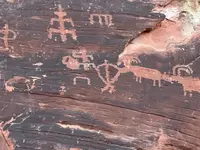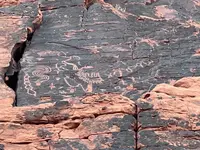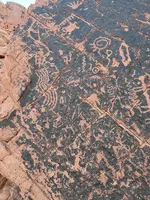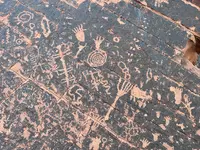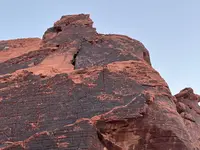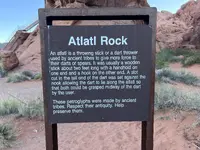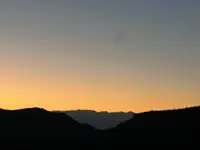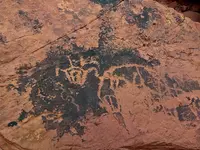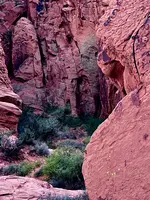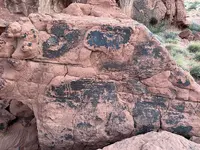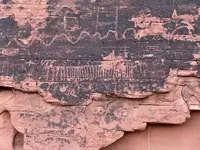Long time, no post.
Sometimes I have time, sometimes I am out in the field too much. Well, never too much. I’ve been busy on some fantastic projects.
I got to spend a lovely vacation in Utah, Arizona, and Nevada a couple weeks ago, and I wanted to share some petroglyph pictures that I got from the valley of fire state park in Nevada. Truly remarkable place and I encourage anyone who has interest in the subject to visit. Preferably visit in the evening at dusk.
We visited Atlatl rock, and then ventured our way on foot into the various canyons surrounding the area. Almost every single canyon, face wall, on the varnish of the cooked stone, you can see petroglyphs of various types everywhere.
I can’t possibly attach all the photos I took, but I will post a few very cool ones for people to see.

Sometimes I have time, sometimes I am out in the field too much. Well, never too much. I’ve been busy on some fantastic projects.
I got to spend a lovely vacation in Utah, Arizona, and Nevada a couple weeks ago, and I wanted to share some petroglyph pictures that I got from the valley of fire state park in Nevada. Truly remarkable place and I encourage anyone who has interest in the subject to visit. Preferably visit in the evening at dusk.
We visited Atlatl rock, and then ventured our way on foot into the various canyons surrounding the area. Almost every single canyon, face wall, on the varnish of the cooked stone, you can see petroglyphs of various types everywhere.
I can’t possibly attach all the photos I took, but I will post a few very cool ones for people to see.
Attachments
Upvote
19



